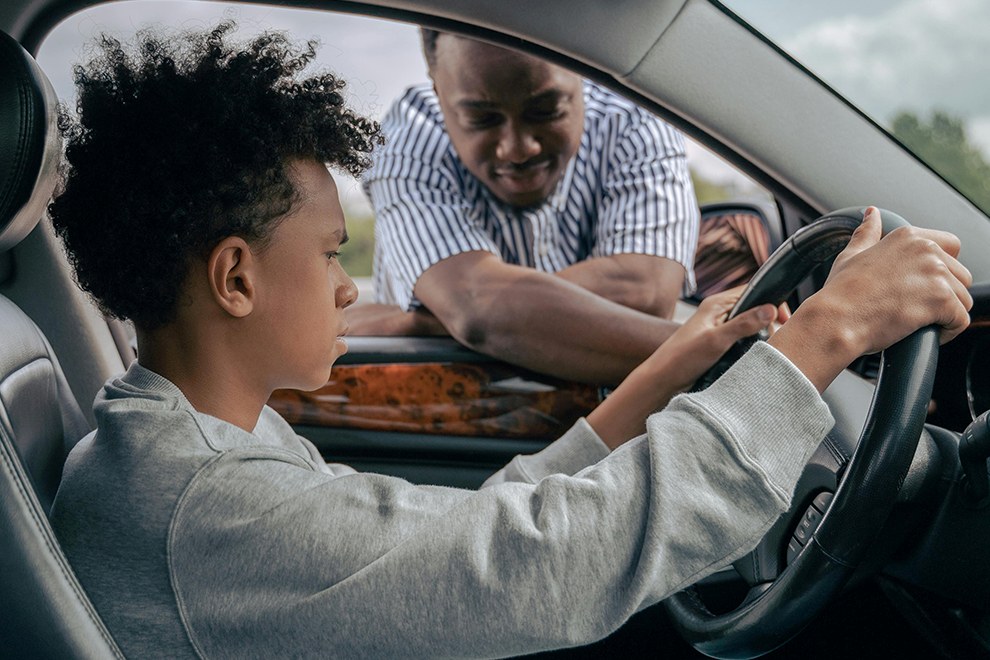On November 7, Virginians will head to the polls to elect a new governor, lieutenant governor, attorney general, and all one hundred members of the Virginia House of Delegates. In the last full month before the election, Family Advocate examines challenges facing Virginia’s children that voters can use to evaluate candidates and learn about their positions during campaign season.
To prepare our children to succeed in a new school year, many of us took our kids back-to-school shopping for supplies, a backpack, and clothes. If we had a little extra money to spare, we may have contributed to community projects to help other families without the resources get those essentials for their kids, too.
Having the right supplies to start school is necessary, but for many kids in the Richmond region and throughout the state, it is not sufficient to set them up for school success.
There are two important ways Virginia measures whether young children are starting on the path to achievement in public school: PALS-K assessments in kindergarten and third-grade reading assessments. When administered at the beginning of kindergarten, PALS-K (phonological awareness literacy screening) is used as a benchmark of a child’s readiness to learn to read. The state Standards of Learning tests (SOLs) first assess reading proficiency in third grade. Before that point, students are learning to read, but after that, students need to be proficient readers to master other subjects.
The most recent statewide data paints a clear picture that certain groups of children lag behind on both of these critical measures. One such group is children in economically disadvantaged families (in this case, children who qualify for free and reduced lunch). Over the past five years, the number of children qualifying for free and reduced lunch in Virginia has increased by 45,000 students, to approximately 40 percent of all students enrolled in public schools in kindergarten through twelfth grade, according to Voices for Virginia’s Children’s Kids Count Data Center.
At the beginning of kindergarten, twice as many economically disadvantaged children failed to meet the benchmark on PALS-K as their peers who are not economically disadvantaged (22 percent compared to 10 percent). By third grade, the gap actually widened: 36 percent of economically disadvantaged students failed the third grade reading SOL, compared to 15 percent of students not economically disadvantaged.
When the disparities are this glaring, we must consider systemic responses. For example, statewide data shows that only one in three economically disadvantaged 3- and 4-year-olds attend preschool, compared to more than half of their higher-income peers. What choices have been made in Virginia concerning access to quality preschool that result in 22 percent of children in low-income families starting out kindergarten behind? Clearly, the experiences children have in the first five years of life – including the support of their parents and access to high-quality early learning experiences – make a difference.
What are the school policies in the early elementary years that allow certain children to fall further behind instead of helping all children catch up? Despite the hard work of teachers and administrators, parents and children, the current system is not working for many children in Virginia.
The goal should be for all children to enter kindergarten ready to learn and all children to be proficient readers by third grade. We cannot afford to leave such large numbers of our children behind; for Virginia to prosper, we need all students to succeed and become contributing members of our communities. When children start school behind their peers and continue to lag in third grade, it is much harder for them to catch up later in their schooling.
This month, campaigns for the House of Delegates and statewide offices are in full swing. It is the ideal time for concerned citizens to ask candidates about their positions on education issues. There are many potential policy solutions that can address the gaps in early school achievement and help ensure that more of our students have a chance to start school on the right footing.
It is more likely now that candidates running for office will knock on your door or participate in forums in your community. Here are some questions you might ask about the gaps in school achievement:
• The Virginia Preschool Initiative (VPI) for at-risk 4-year-olds has grown to serve about 18,000 children a year and has demonstrated positive results: Students who attend VPI are more likely to meet kindergarten readiness benchmarks than peers who do not. However, the state estimates that an additional 7,000 at-risk 4-year-olds do not get the opportunity to attend VPI. If elected, how would you try to shape the future of preschool in Virginia?
• The achievement gap between lower income students and their higher income peers has been a persistent problem in Virginia and has worsened recently. How would you address the achievement gap in pre-K through grade twelve?
• Virginia lags behind many other states in its targeted support to assist students from low-income families. Additionally, school divisions in high-poverty communities suffered deeper cuts in the state budgets than other divisions during the recession, and the budget has not yet returned to pre-recession levels. How would you address the budget shortfalls faced by school divisions in high poverty areas of
the state?
To find out who’s running in your district and statewide, go to vpap.org and enter your address.




